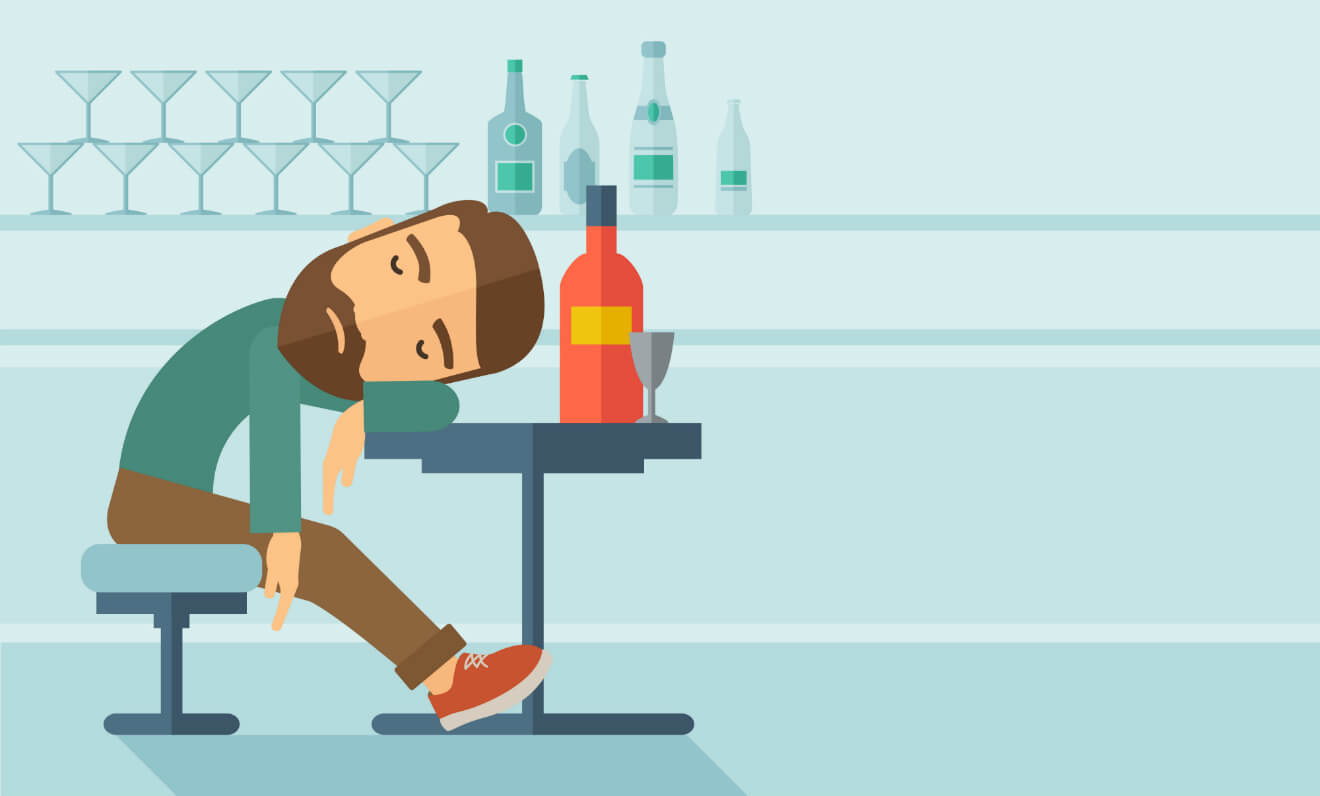Many of my high school days concluded with an exhausting volleyball or lacrosse practice. By the time I had finished a full day of classes and a two-hour practice, I was beyond ready for a high-calorie dinner and good night’s sleep. After I finished hours of homework, of course.
After a while, however, I began to notice one of my classmates hit the gym for more time on the treadmill either before or after these long practices. At first, I wished I somehow had that same motivation, the same drive. Soon though I realized how problematic the behavior could be.
Today, as we celebrate National Women’s Health and Fitness Day, it’s important to recognize that exercise can actually become unhealthy.
When Does Exercise Cross a Line?
There are so many benefits of exercise. Exercise can decrease your risk of stroke, high blood pressure, type 2 diabetes, depression, and anxiety. Researchers have, however, helped to identify when habitual exercise turns psychologically addictive, as well as how to determine when the addictive behaviors return to normal. Four phases for problematic exercise have been established to help us to understand when exercise crosses a line.
Phase one: recreational exercise
Exercise is considered recreational when someone finds what they’re doing both pleasurable and rewarding. They’re not forcing themselves to the gym, but rather taking a nice hike outside when they feel like it. The motivation is simply health and fitness; they are able to stop this exercise if they want.
Phase two: at-risk exercise
Don’t get us wrong, exercise can be a great way to stay both physically and mentally healthy. Exercise has great mood-altering effects, including providing increases in self-esteem, and decreases in depression and anxiety.
For example, going on a run can help you clear your mind, taking an exercise class can give you a sense of community, and exercise in general releases endorphins. However, experiencing these benefits can put you at a slightly higher risk of becoming psychologically “addicted” to exercise. Talkspace Therapist Cynthia Catchings, LCSW-S, CFPT shares that, “When we exercise, our body releases endorphins and dopamine from the brain. The need for these might create an addiction in the same way unhealthy drugs do.” This phase isn’t necessarily problematic, but it’s important to be mindful for when it does cross a line into addiction.
Phase three: problematic exercise
Examples of problematic exercise behaviors include planning an entire day around exercise, continuing to exercise with an injury (or, for example, switching from weight-lifting from running after an ankle injury), withdrawing from group activity to train individually, or showing any withdrawal symptoms.
Withdrawal symptoms including: guilt, shame, anxiety, restlessness, depression, anger, tension, pain, loss of appetite, and headaches. These are all signs exercise has become problematic. Extreme and unwarranted negative feelings about not being able to exercise can also be an indicator that the exercise has become problematic. If you or someone you care about is displaying uncharacteristic behavior or missing events they normally wouldn’t, because of their training commitments, this might indicate they have an issue with problematic exercise.
Phase four: exercise addiction
When avoiding withdrawal symptoms becomes one’s primary motivator, rather than the pleasurable benefits exercise once provided, there is strong evidence of an addiction at hand. Organizing your life around how often you exercise can be all consuming and create a vicious cycle. Someone in phase four might neglect other responsibilities and social relationships as a consequence of this addiction.
You can have a healthier relationship with exercise. And it doesn’t have to be something you quit cold turkey — it’s about balance. Catchings lists, as indicators it might be time to seek out help from an in-person or online therapist, these signs of exercise addiction:
- Unhealthy interest in exercise, like going to the gym more than twice a day or spending hours at a time exercising when the person is not an athlete
- Anger or depression when not able to exercise
- The need to increase amounts of exercise
- Personal and relationship challenges because of obsession with exercise
- Social withdrawal and decreased involvement in other activities
- The need to work out even when sick or hurt
Tips to Combat Exercise Addiction
It may take more time for some than others to regain a healthy relationship with exercise. Catchings suggests starting with, “A combination of therapy and soft exercise like yoga or walking, as well as meditation and mindfulness activities.”
Below, she shares how to work toward a healthy routine:
- Work with a fitness instructor that monitors your activity and progress
- Exercise with a friend
- Keep an exercise log
- Research healthy exercise activities
- Consult with a professional if you feel your daily habits or routines are affecting your personal life or those you love
We’ll never tell you to quit exercising. Physical health is extremely important — and has many physical, and emotional benefits — but just be sure it’s not taking a toll on other aspects of your wellbeing.
Talkspace articles are written by experienced mental health-wellness contributors; they are grounded in scientific research and evidence-based practices. Articles are extensively reviewed by our team of clinical experts (therapists and psychiatrists of various specialties) to ensure content is accurate and on par with current industry standards.
Our goal at Talkspace is to provide the most up-to-date, valuable, and objective information on mental health-related topics in order to help readers make informed decisions.
Articles contain trusted third-party sources that are either directly linked to in the text or listed at the bottom to take readers directly to the source.




